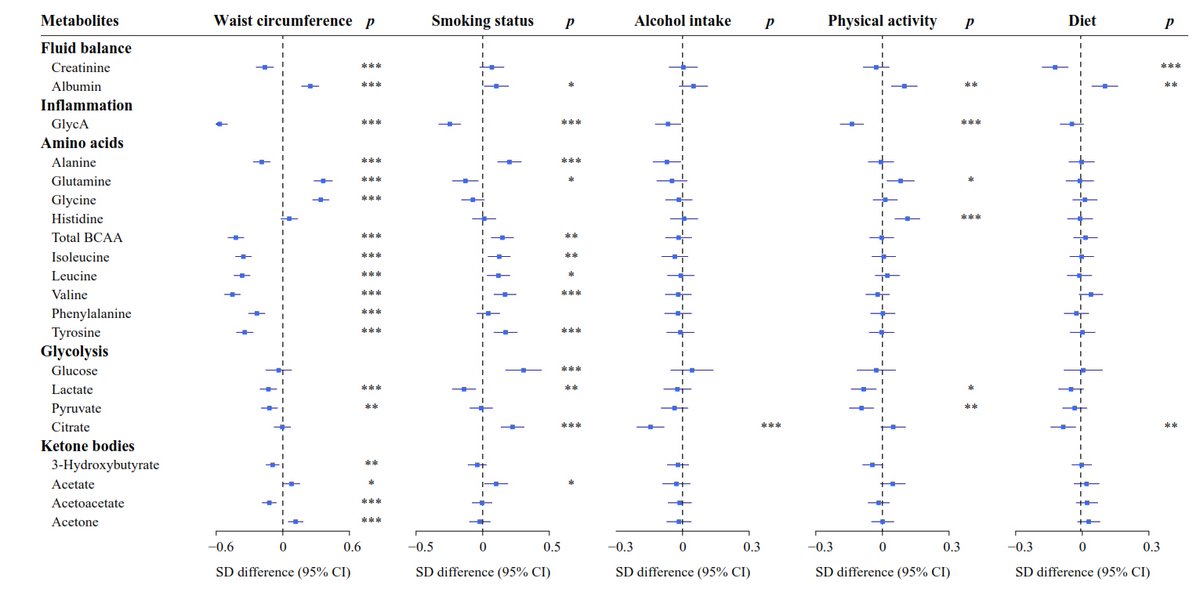
This systematic review and meta-analysis comes to the conclusion that n-3 PUFA supplementation is likely to lead to very small increases in muscle strength, but it is not likely to confer an impact in muscle mass and function in healthy adults (young and older).
- "Our results are in contrast with the meta-analysis published by Huang et al, who found minor increases in muscle mass and function in the elderly after n-3 PUFA supplementation...
Ref:
doi.org/10.3390/nu1212…
Ref:
doi.org/10.3390/nu1212…
"...The fact that they included measurements of muscle mass based on DXA, bioelectrical impedance analysis, and computed tomography, while we only considered gold-standard measurements... may help to explain the discrepancy between our findings...
"...More importantly, they evaluated elderly participants who were either healthy or had chronic diseases, which in turn may influence muscle protein synthesis...
"...In our review, we only included studies evaluating otherwise healthy participants, which may help to explain the discrepant findings."
The influence of n-3PUFA supplementation on muscle strength, mass and function: A systematic review and meta-analysis (open access)
doi.org/10.1016/j.advn…
#nutrition #diet #supplements #supplement #Omega3 #PUFAs
doi.org/10.1016/j.advn…
#nutrition #diet #supplements #supplement #Omega3 #PUFAs
Thanks to @heniek_htw for the heads up on this one!
• • •
Missing some Tweet in this thread? You can try to
force a refresh













